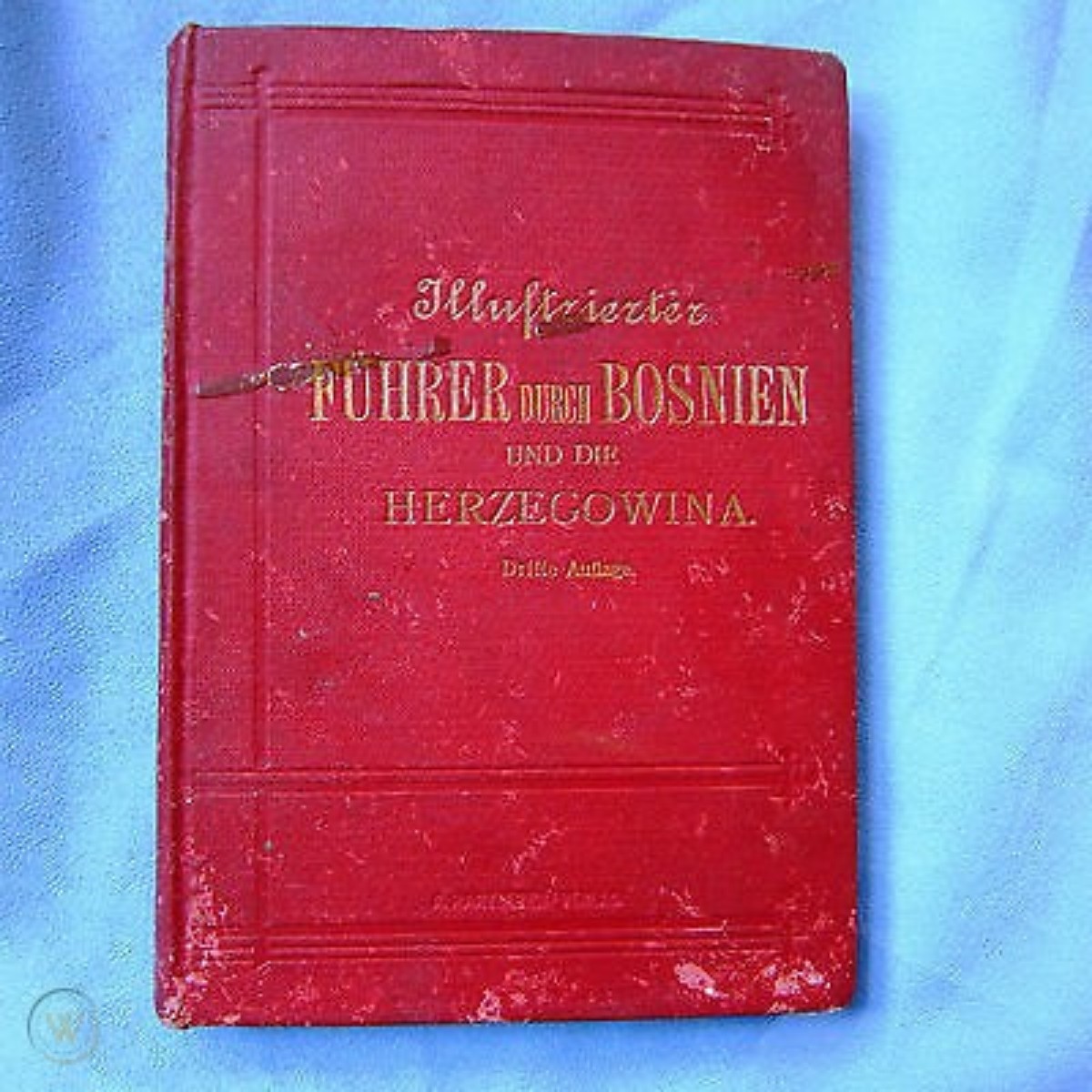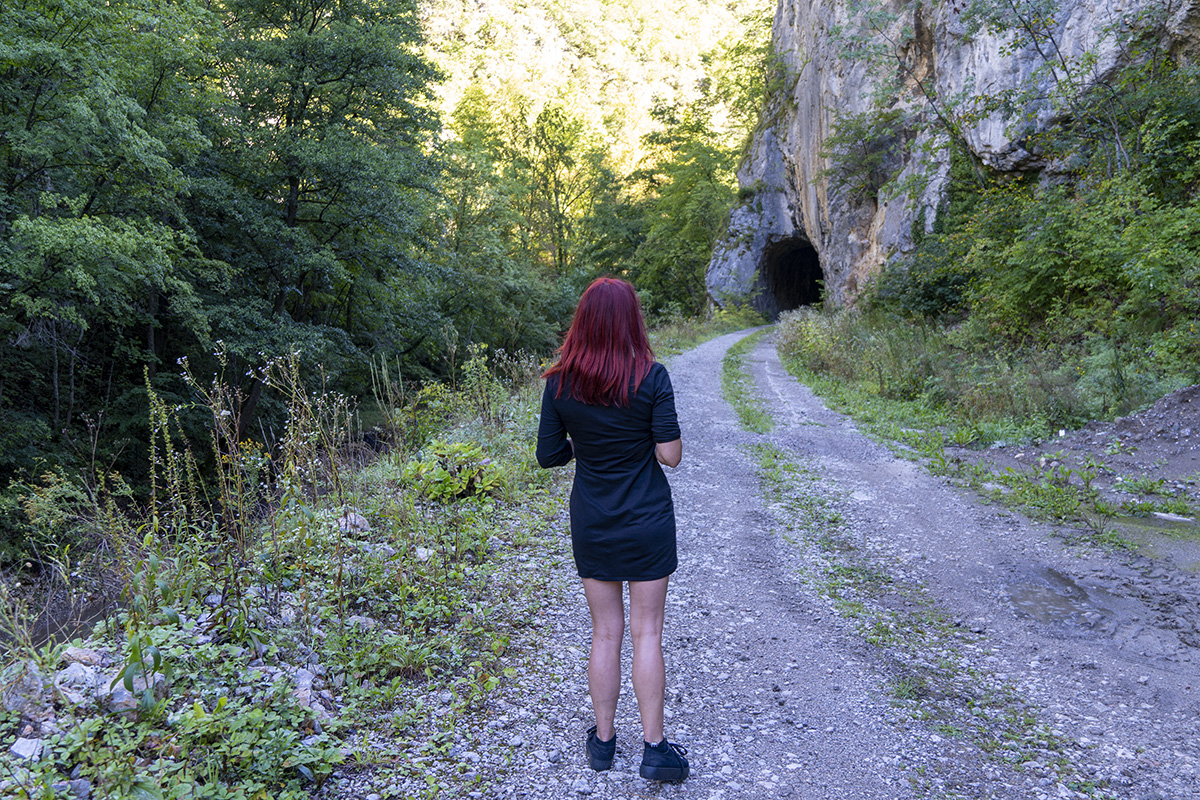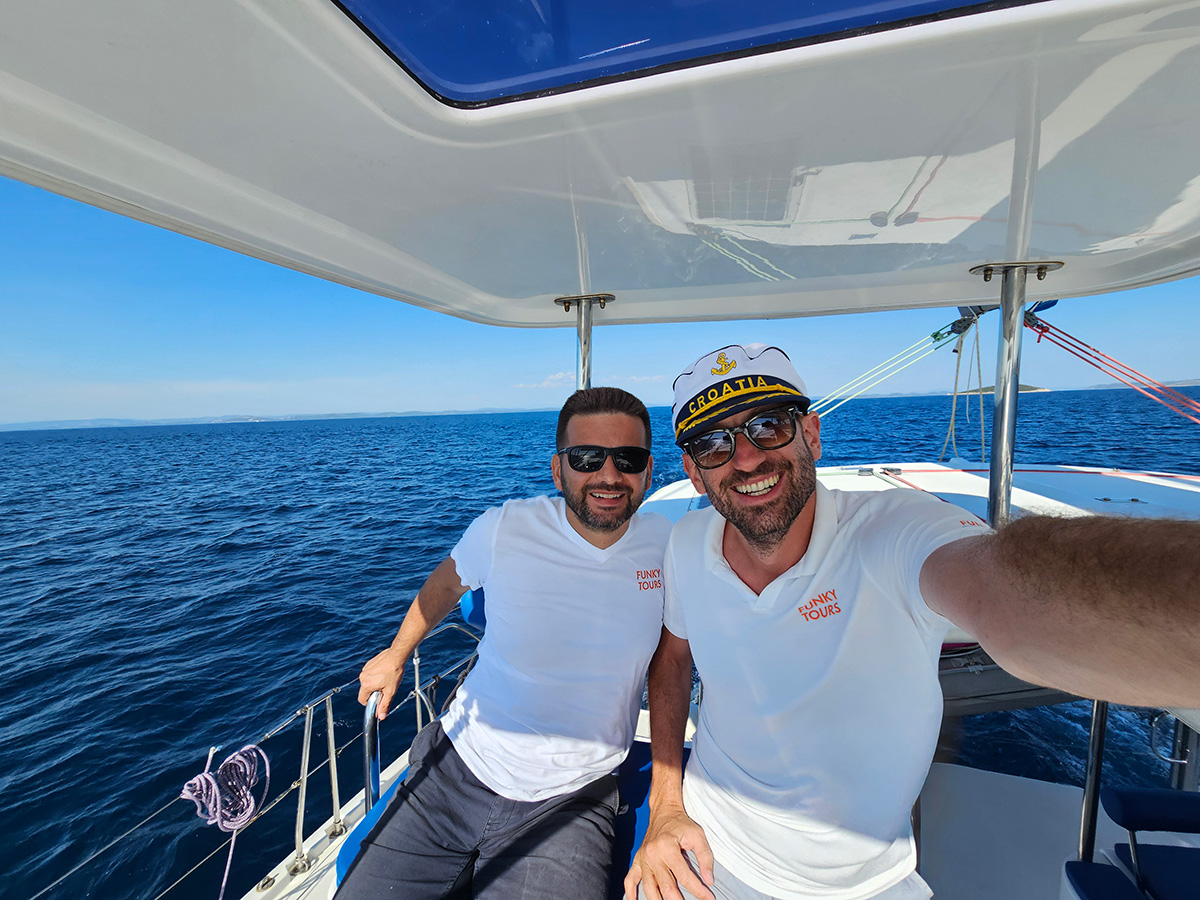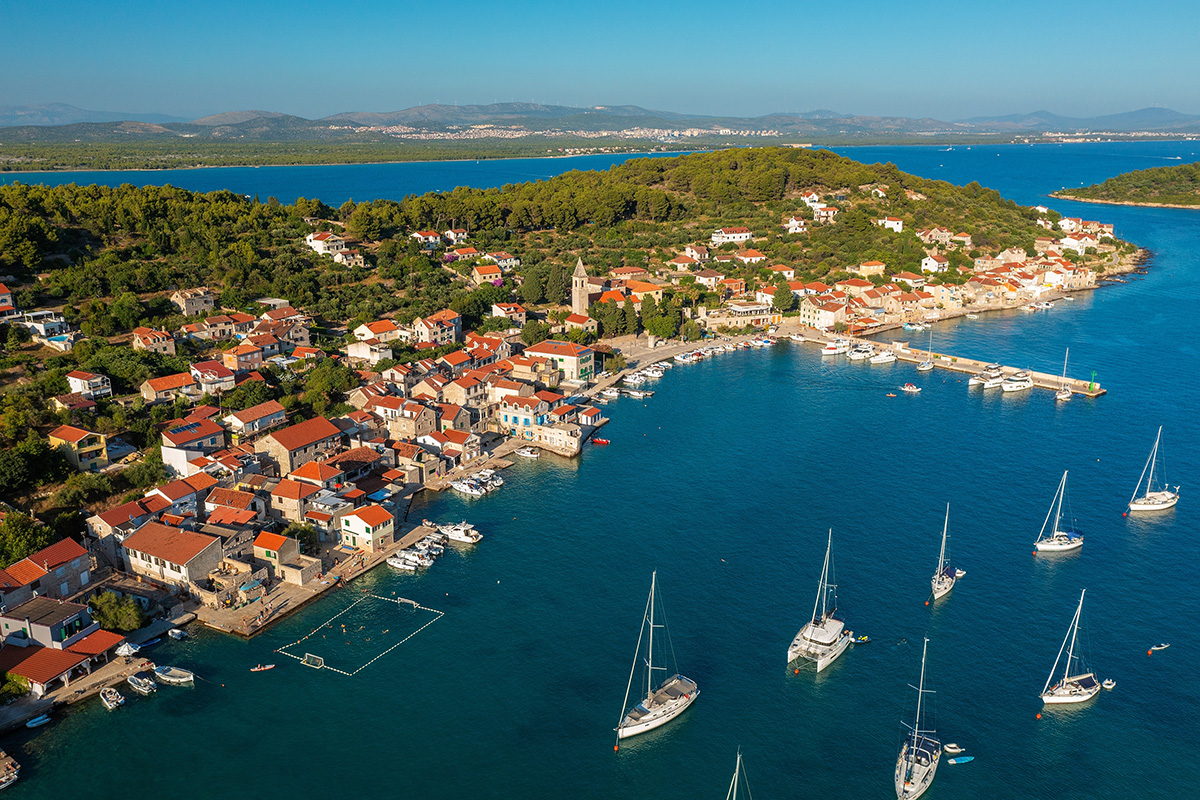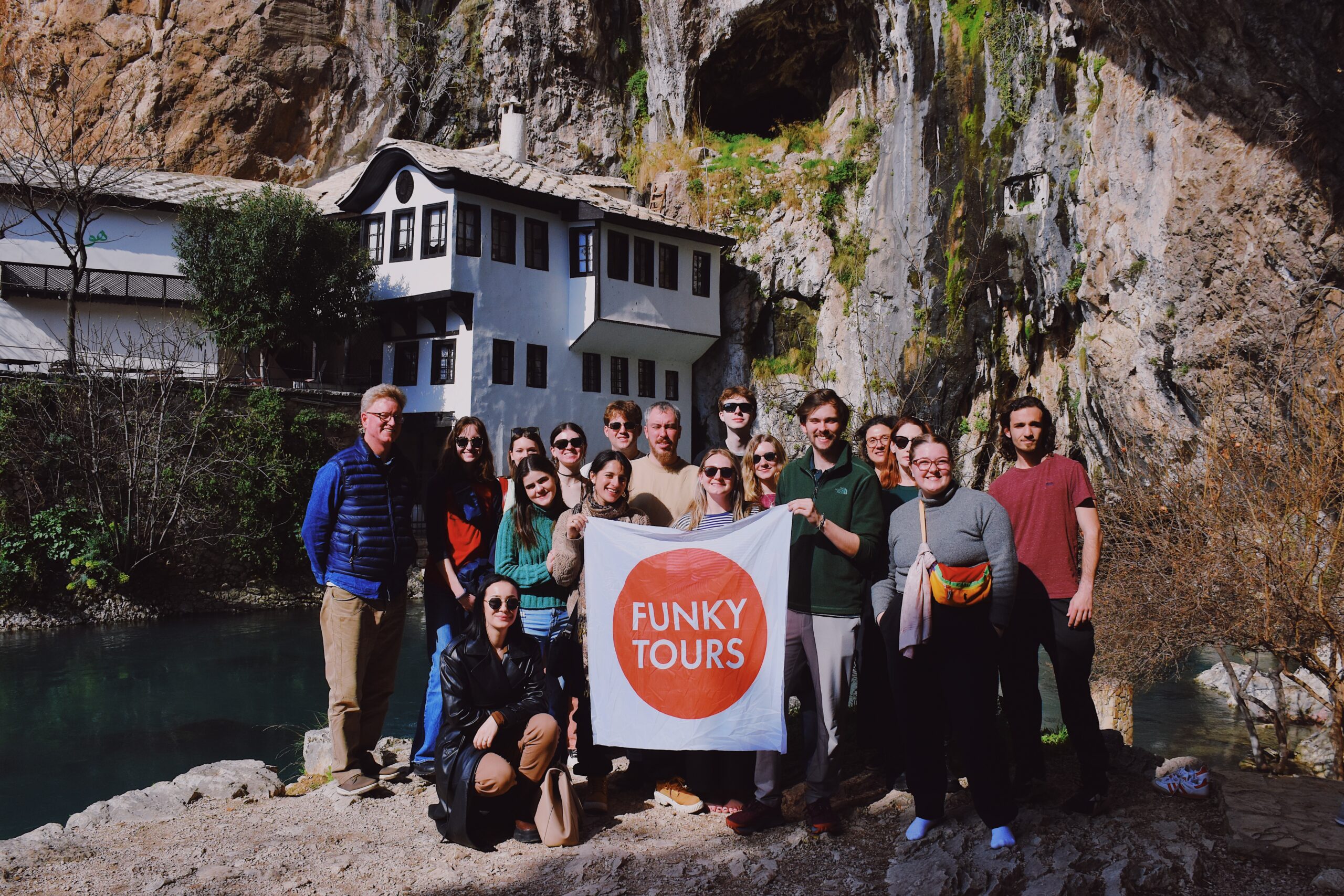At the Stambolčić station, which was the point on the highest elevation of the entire route (940 m), a railway enters a Prača river gorge. Many travelogues were written between 1906. and 1978, point out this section of the Eastern railway as the most thrilling one. Even nowadays, 42 years since the last narrow-gauge train passed through these scenic areas, the beauty of nature and its assets leaves visitors speechless.
Prača river springs at the foot of the Jahorina mountain, and during 57 km, it flows mostly through the almost unapproachable terrain. Nowadays, 20 km between the villages of Hrenovica and Mesići is considered the most breathtaking section. A government has put it under the protection of the state since 1957. as an exceptional natural landscape and rarity.

